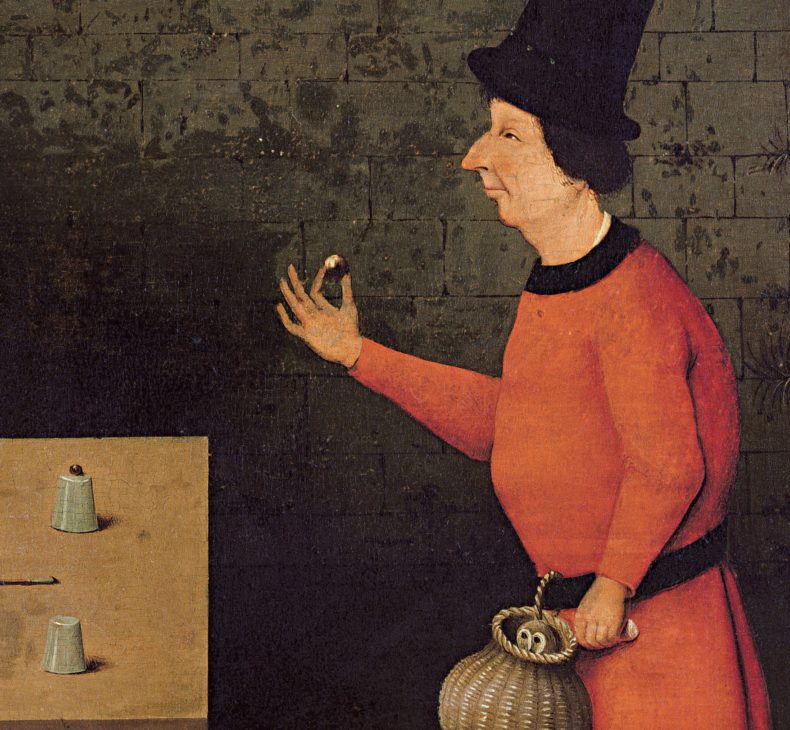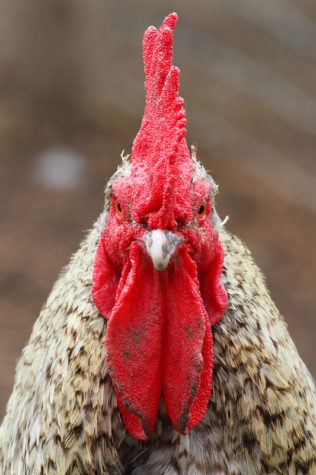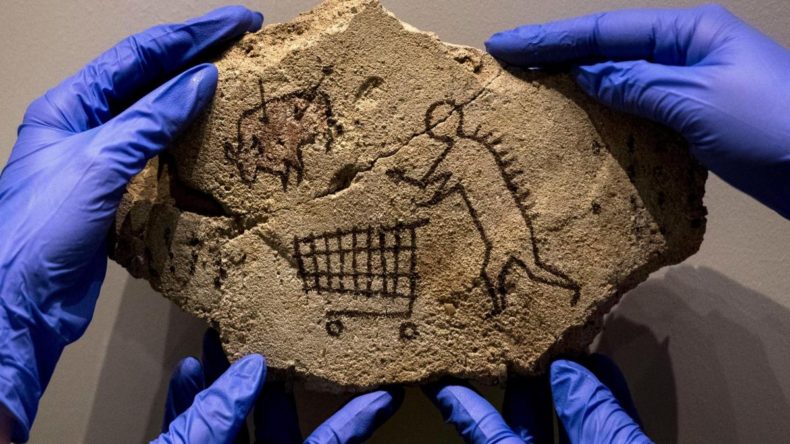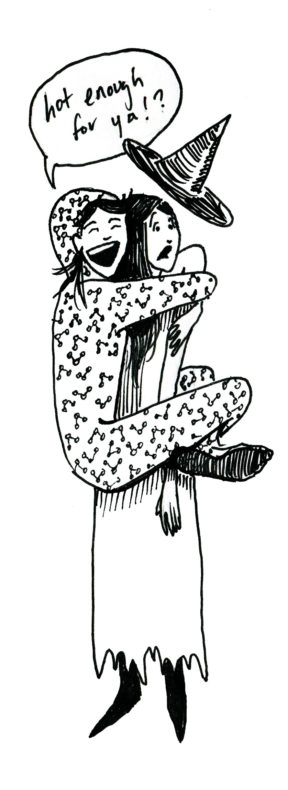
This post first ran on June 12, 2018. The need to think about predation and empathy — equal but opposite responses to vulnerability — is alive and kicking. But the online magazine referred to at the end is dead.
Early last week on Twitter, some National Security Agency posters showed up, reminding NSA employees to watch what they said.
@AnnFinkbeiner: Do NSA people really need that much reminding? They’re not reminded, they run around singing like birds?
@father_kipz: To be honest, humans are social animals and easy to hack. The constant reminders probably do help a bit.
I have no idea who @father_kipz is and googling doesn’t help, so I don’t know his authority in these matters. Nevertheless:
@AnnFinkbeiner: Hackable humans. I like that.
@father_kipz: Hackers have a term for the process, social engineering. Basically what Kevin Mitnick was famous for.
@AnnFinkbeiner: Had to google Mitnick. And here I thought “social engineering” was just sort of overzealous city planning. Hoo boy, that stuff is NASTY.
Kevin Mitnick is a hacker whose methods are apparently based less on cleverness about computers than on his ability to scam people. From a post at Big Think: “By the age of 12, he was adept at “social engineering,” which is to human beings as hacking is to computers. You find their vulnerabilities – trust, mainly – and exploit them.”
“Vulnerable” comes from a Latin word that means “to maim, to wound.” So Mitnick’s kind of social engineer exploits the places at which other people can be wounded, in particular, their trust. Exploiting someone’s trust is as good a working definition of human evil as I’ve seen. But it’s neither surprising nor unusual, and I’m not talking about fudging on your taxes or lying to the competition or spying on bad guys. I’m talking about people who look you in the eye and lie and then say, “Well too bad, you trusted me.” If I were God, I’d consider a nice cleansing flood.
Continue reading Re-running this piece as a reminder for all of us to appreciate even our fowl-est friends. (See what I did there?)
Re-running this piece as a reminder for all of us to appreciate even our fowl-est friends. (See what I did there?)




